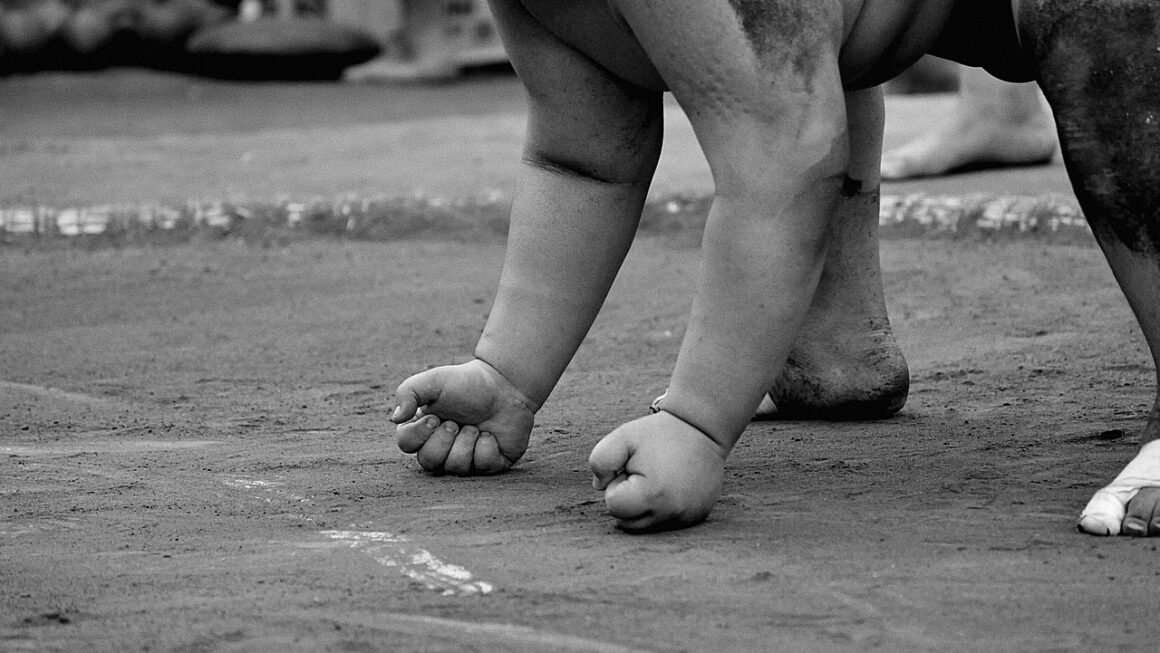Archery, an ancient practice now embraced as a modern sport, is more than just aiming and shooting arrows. It’s a discipline that cultivates focus, precision, and mental fortitude. Whether you’re a seasoned marksman or a curious beginner, understanding the nuances of archery can unlock a world of skill, challenge, and rewarding experiences. This comprehensive guide explores the world of archery, from its historical roots to the equipment, techniques, and benefits that make it such a captivating pursuit.
The History and Evolution of Archery
Ancient Origins and Uses
Archery has a rich history dating back tens of thousands of years. Initially, bows and arrows were essential tools for survival, used for hunting and warfare. Evidence of archery’s presence can be found in cave paintings and archaeological discoveries around the globe.
- Hunting: Provided sustenance for early humans.
- Warfare: A dominant weapon in ancient battles, from the Egyptians to the Romans.
- Ceremonial Purposes: Used in rituals and traditions across various cultures.
Archery as a Sport
The transition from practical use to sport occurred gradually. Formal archery competitions began to emerge in the medieval period, particularly in England. These events fostered skill development and a sense of community among archers.
- Medieval Tournaments: Showcased archery skills and provided entertainment.
- Establishment of Archery Clubs: Created spaces for archers to practice and compete.
- Olympic Inclusion: Archery became an Olympic sport in 1900, further solidifying its status as a competitive discipline.
Types of Archery Equipment
Bow Types
Selecting the right bow is crucial for success in archery. Different bow types cater to various skill levels and preferences.
- Recurve Bow: A traditional bow with curved limbs that bend away from the archer when unstrung. It is commonly used in Olympic archery.
Example: A beginner might start with a lightweight recurve bow (e.g., 20-25 lbs draw weight) and gradually increase the draw weight as their strength and technique improve.
- Compound Bow: A modern bow that uses cams and pulleys to reduce the draw weight at full draw, making it easier to hold and aim.
Example: Compound bows are often favored by hunters due to their accuracy and power at longer distances. Draw weights can range from 40 lbs to 70 lbs or more.
- Longbow: A tall, straight bow, traditionally made of a single piece of wood. It is often associated with historical archery and traditional archery practices.
Arrows and Accessories
Beyond the bow, other essential equipment includes arrows, quivers, arm guards, finger tabs/gloves, and sights.
- Arrows: Typically made of carbon, aluminum, or wood. The arrow’s spine (stiffness) must match the bow’s draw weight for optimal performance.
Example: Using arrows with an incorrect spine can result in inconsistent arrow flight and reduced accuracy.
- Quivers: Hold arrows for easy access during shooting.
- Arm Guards: Protect the archer’s forearm from the bowstring.
- Finger Tabs/Gloves: Protect the archer’s fingers when drawing the bowstring.
- Sights: Used for aiming (more common with compound bows).
Archery Techniques and Form
Stance and Posture
A stable and consistent stance is the foundation of good archery form. Proper posture ensures balance and minimizes unnecessary movement.
- Square Stance: Feet shoulder-width apart, perpendicular to the target.
- Open Stance: The foot closer to the target is slightly forward.
- Closed Stance: The foot closer to the target is slightly back.
Example: Maintaining a straight back and relaxed shoulders helps to improve consistency and reduce strain.
Drawing, Anchoring, and Aiming
The drawing, anchoring, and aiming sequence are critical for accuracy.
- Drawing: Pulling the bowstring back smoothly and consistently.
- Anchoring: Establishing a consistent point of contact (usually on the face) to ensure the same draw length each time.
Example: Many archers use a specific point on their jawline as an anchor point. This ensures consistent arrow placement.
- Aiming: Aligning the bow, arrow, and target. This can be done using sights or instinctively.
Release and Follow-Through
A clean release and proper follow-through are essential for accurate arrow flight.
- Release: Letting go of the bowstring smoothly and without jerking.
- Follow-Through: Maintaining the same posture and alignment after the arrow has been released.
Example: Imagine holding a glass of water steady after releasing the arrow. This helps maintain a stable follow-through.
Benefits of Practicing Archery
Physical Benefits
Archery is a physically demanding activity that can improve strength, endurance, and coordination.
- Upper Body Strength: Drawing and holding the bowstring strengthens muscles in the back, shoulders, and arms.
- Core Stability: Maintaining proper posture engages core muscles.
- Hand-Eye Coordination: Improves precision and accuracy.
- Endurance: Repeatedly drawing and shooting arrows builds stamina.
Mental Benefits
Archery promotes mental focus, discipline, and stress relief.
- Focus and Concentration: Requires intense concentration and mental discipline.
- Stress Relief: The repetitive nature of archery can be meditative and calming.
- Patience: Developing archery skills requires patience and perseverance.
- Self-Confidence: Achieving accuracy and improvement boosts self-esteem.
Social Benefits
Joining an archery club or taking lessons can provide opportunities for social interaction and community involvement.
- Community: Archery clubs offer a supportive environment for archers of all levels.
- Friendship: Shared interest in archery fosters friendships.
- Competition: Participating in competitions provides opportunities for challenge and growth.
Getting Started with Archery
Finding a Local Archery Club or Instructor
The best way to learn archery is to seek guidance from experienced instructors or join a local archery club. They can provide proper instruction, safety training, and access to equipment.
- Certified Instructors: Look for instructors certified by organizations such as USA Archery or the National Field Archery Association (NFAA).
- Archery Clubs: Offer a range of programs, from beginner classes to competitive events.
Essential Safety Practices
Safety is paramount in archery. Always follow these safety guidelines:
- Never Dry Fire: Do not release the bowstring without an arrow, as this can damage the bow.
- Know Your Target and Beyond: Ensure a clear and safe background before shooting.
- Use Proper Equipment: Use equipment that is in good condition and appropriate for your skill level.
- Follow Range Rules: Adhere to the rules and guidelines of the archery range.
Setting Realistic Goals
Start with achievable goals and gradually increase the difficulty as your skills improve. Enjoy the process of learning and development.
- Beginner Goals: Focus on developing proper form and consistency.
- Intermediate Goals: Work on improving accuracy and shooting at longer distances.
- Advanced Goals: Participate in competitions and strive for higher scores.
Conclusion
Archery is a multifaceted activity that offers physical, mental, and social benefits. From its ancient origins as a tool for survival to its modern incarnation as a competitive sport, archery continues to captivate and challenge individuals of all ages and abilities. By understanding the history, equipment, techniques, and benefits of archery, you can embark on a rewarding journey that cultivates focus, precision, and a deep appreciation for this timeless art. Whether you’re aiming for the bullseye or simply seeking a new and engaging hobby, archery provides a unique path to personal growth and fulfillment.



